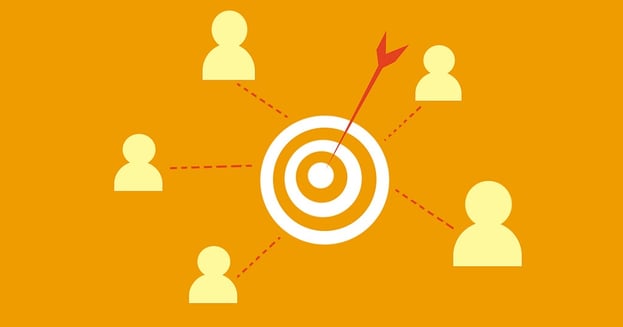How Does Lead Generation Work?

In order to generate leads, it is important to understand what users want, care about, and do on a company's website. A way of gathering this information is through lead generation, an inbound marketing strategy designed to nurture the visitors and getting them on the path to eventually buying from the business.
What Is A Lead?
A lead is either a person or organisation who shows interest or has an enquiry in a company's product or service. In return they receive communications from the business in order to warm them up to what they have to offer. Usually, the lead has discovered the business through one of their marketing channels, for example their website, blog or social media pages.
Call-To-Action (CTA)
Call-to-actions are in the form of either a button, an image or a message, with the sole purpose of diverting traffic to a landing page. Before designing and creating a CTA, businesses must focus on what they aim to get out of it, considering factors such as target market, their product or service and the type of website they have. A mistake companies often make is using a CTA to drive traffic to their web page. This is not generating a lead, nor is it nurturing visitors with informative content.
Landing Pages
The landing page is a very important, if not the most important aspect of lead generation. This part comes after a lead has reached out to a company, clicked the CTA, and filled out a form, willingly giving their information. This said form is always on the landing page. It is so unbelievably important to invest a good amount of time in the design of the form on the landing page and in choosing the fields in which the leads will complete as this is the information that is going to help with the upcoming nurturing process.
Important Things To Consider When Creating A Landing Page Form
- Location – best to position is at the top of the page so visitors don't have to scroll.
- Length –longer forms are more likely to attract quality leads as opposed to shorter ones.
- Fields – the forms need to collect general contact information about the lead, but also ask qualifying questions.
- Privacy Policy – to gain trust, it is a good idea to include a link to the business privacy policy.
- Submit Button – terms such as 'Register' or 'Download' at the end of the form are proven to be a lot more effective as they remind the user why they're giving their information.
Offer / Incentive
The offer or incentive is in exchange for visitor's information, helping companies kick start the lead generation process in the hopes of securing an end sale.
Here are a few content ideas for you to use to gain leads:
- EBook (Multiple articles focusing on the same topic collated together into a single PDF.)
- Contest (Offer a chance to win something e.g. one of your products.)
- Webinar (A chance to give exclusive information in a more personal way.)
Becoming A Prospect
Prospects are leads that are ready to be approached by the sales team of a company.
After the nurturing, when the lead is hot and ready, the sales team will take the plunge and get in contact. If the lead reciprocates and engages in dialogue with the company, they are raised to prospect status.
Here are a few other articles relating to Lead Generation that may interest you:
- 5 Great Lead Generation Tools To Help You Get More Business Online
- What Is A Lead Generation Funnel And Why Should You Understand It
- How To Get Your Website Optimised For Lead Generation
Hopefully these steps have helped you understand the Lead Generation process a little more and its purpose. If you have any queries, please comment below or call us on 01332 343281 for an informal chat.


